Home>Garden Essentials>How To Start Seeds For Hydroponics
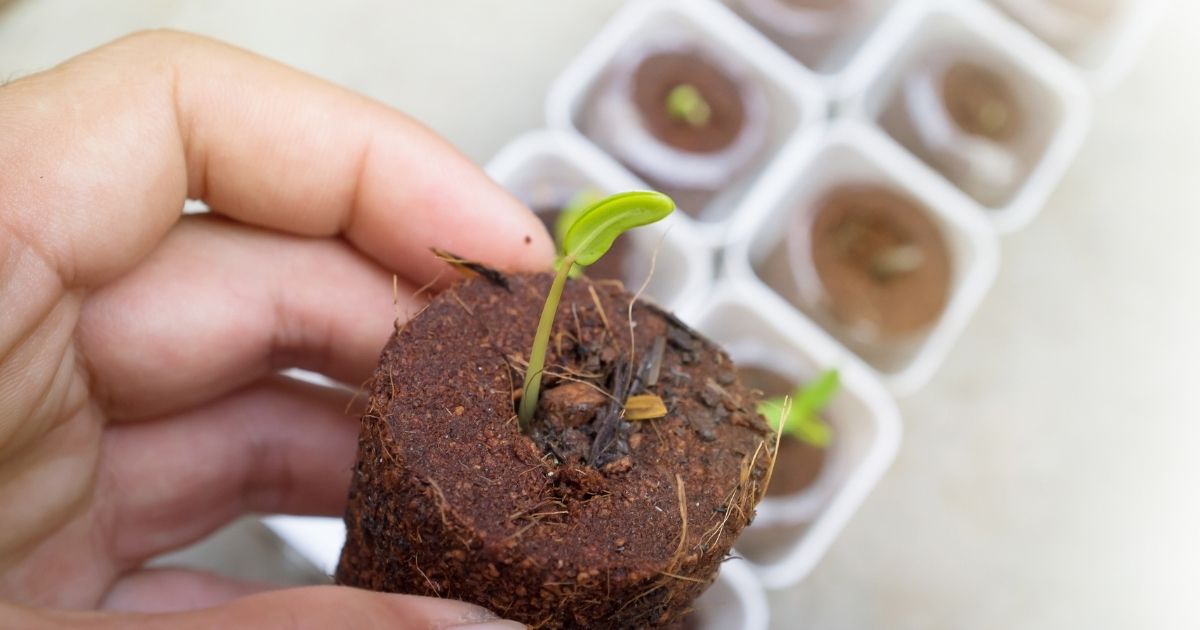

Garden Essentials
How To Start Seeds For Hydroponics
Modified: October 20, 2024
Learn how to start seeds for hydroponics and create a thriving garden. Discover expert tips and techniques for successful hydroponic gardening.
(Many of the links in this article redirect to a specific reviewed product. Your purchase of these products through affiliate links helps to generate commission for Storables.com, at no extra cost. Learn more)
Introduction
Starting seeds for hydroponics is an exciting and rewarding way to grow your own plants. Whether you are a beginner gardener or an experienced grower, learning how to start seeds in a hydroponic system can open up a world of possibilities.
Hydroponics is a method of growing plants in a soil-less medium where the nutrients are delivered directly to the roots through a water-based solution. This method offers numerous advantages over traditional soil gardening, including faster growth rates, higher yields, and better control over nutrient uptake.
When it comes to starting seeds for hydroponics, the process is slightly different compared to traditional methods. Instead of using soil as a growing medium, you’ll need to provide a suitable seed-starting medium that allows for optimal root development and water retention.
In this article, we’ll guide you through the steps of starting seeds for hydroponics. From choosing the right seeds to transplanting seedlings into your hydroponic system, we’ll cover everything you need to know to ensure success. So let’s dive in and get started!
Key Takeaways:
- Choose seeds labeled “hydroponic-friendly” and consider the plant’s growth habit to ensure successful hydroponic seed starting. Opt for reputable sources and match your gardening goals for a thriving garden.
- Provide optimal conditions for seedlings, including temperature, lighting, and nutrient solutions. Carefully transplant seedlings into the hydroponic system and troubleshoot common issues for healthy, thriving plants.
Read more: How To Start A Hydroponic Garden
Choosing the Right Seeds
When it comes to choosing seeds for your hydroponic garden, there are a few key factors to consider. The first is to ensure that you select seeds that are suitable for hydroponic growing. Not all plant varieties are well-suited for this method, so it’s important to choose ones that will thrive in a soil-less environment.
Look for seeds that are labeled as “hydroponic-friendly” or “suitable for hydroponics”. These seeds have been specifically bred or selected for their ability to grow well in a hydroponic system.
Another important factor to consider is the growth habit of the plants. Some plants, such as lettuce and herbs, have a compact growth habit and are well-suited for hydroponics. Others, like sprawling vine crops such as tomatoes or cucumbers, require more space and support to grow properly.
Consider the space you have available in your hydroponic setup and choose seeds that will fit well within that space. If you have limited space, opt for plants that have a smaller footprint or can be trellised to save space.
It’s also advisable to choose seeds from reputable sources to ensure quality and viability. Look for seeds with a high germination rate and avoid purchasing seeds that are past their expiration date.
Lastly, consider your own preferences and gardening goals. Do you want to grow vegetables, herbs, or flowers? Are you looking for easy-to-grow crops or more challenging varieties? Think about what you enjoy eating or what plants you’re most interested in cultivating, and choose seeds accordingly.
By taking these factors into account, you can ensure that you select the right seeds for your hydroponic garden and set yourself up for success from the start.
Preparing the Seed Starting Medium
In hydroponic gardening, the seed starting medium plays a crucial role in providing support and moisture to the seeds as they germinate and develop. Unlike traditional soil gardening, where soil acts as the growing medium, hydroponic systems require a different medium that allows for excellent water retention and root development.
One commonly used seed starting medium for hydroponics is rockwool. Rockwool is made from volcanic rock and is available in small cubes or larger slabs. It provides excellent water retention and aeration, allowing the seeds to germinate and the roots to easily penetrate the medium.
To prepare the rockwool cubes or slabs for seed starting, soak them in water with a pH level of around 5.5 to 6.5 for several hours. This will ensure that the medium is saturated and ready to hold moisture for the seeds.
Another option for a seed starting medium is coco coir. Coco coir is derived from coconut husks and is a renewable and sustainable choice. It has excellent water retention and aeration properties, making it ideal for hydroponic systems.
Before using coco coir for seed starting, it’s essential to rehydrate it properly. Mix the coco coir with water and let it soak for a few hours to ensure it is thoroughly moistened. Squeeze out any excess water before transferring it into your seed trays or pots.
Some growers also use vermiculite or perlite as seed starting mediums. These materials provide good aeration and help retain moisture. Keep in mind that vermiculite and perlite do not contain any nutrients, so you will need to provide nutrient solutions once the seedlings start growing.
Whether you choose rockwool, coco coir, vermiculite, perlite, or any other seed starting medium, ensure that it is clean and free of any contaminants. This will help prevent the risk of diseases or pests affecting your seedlings.
By properly preparing your seed starting medium, you’ll create an optimal environment for your seeds to germinate and grow into healthy seedlings, setting the foundation for a successful hydroponic garden.
Providing the Ideal Growing Conditions
Creating the right growing conditions is essential for the successful germination and growth of your hydroponic seedlings. Here are some key factors to consider:
Temperature: Maintaining the proper temperature is crucial for seed germination. Most seeds require temperatures between 70°F and 80°F (21°C and 27°C) to germinate. Use a seedling heat mat or a heating pad to provide consistent warmth if necessary.
Lighting: Adequate lighting is essential for healthy seedling growth. Place your seedlings under grow lights or in a location where they will receive at least 14-16 hours of light per day. LED grow lights are a popular choice for hydroponic gardens due to their energy efficiency and spectrum optimization.
Air Circulation: Proper air circulation helps prevent the growth of fungi and diseases. Use fans to create gentle airflow in your growing area.
Humidity: Maintaining the right humidity level is important for successful seed germination. The ideal humidity range for most seeds is around 50%-70%. Use a hygrometer to monitor the humidity and mist the seedlings with water if necessary.
pH Level: The pH level of the nutrient solution in your hydroponic system is critical for the absorption of nutrients. Most plants prefer a pH range between 5.5 and 6.5. Use a pH meter or pH test kit to regularly monitor and adjust the pH level as needed.
Nutrient Solution: Seedlings need a balanced nutrient solution to support their growth. Start with a dilute nutrient solution and gradually increase the strength as the seedlings develop.
Watering: Hydroponic systems rely on a continuous supply of water to provide nutrients to the seedlings. Ensure that the seedlings receive enough water without becoming waterlogged. It’s recommended to use a timer to automate the watering process.
By ensuring that your hydroponic seedlings receive the ideal growing conditions, you’ll give them the best chance to thrive and develop into strong, healthy plants. Regular monitoring and adjustments will help you maintain optimal conditions throughout the growth cycle.
Planting the Seeds
Once you have chosen the right seeds and prepared the seed starting medium, it’s time to plant your seeds in your hydroponic system. Here’s how you can do it:
Step 1: Pre-moisten the seed starting medium: Before planting, make sure that the seed starting medium is moist but not waterlogged. Excess moisture can lead to rot and damage the seeds.
Step 2: Make small holes or depressions: Use your finger or a pencil to create small holes or depressions in the seed starting medium according to the recommended planting depth for your seeds. Be careful not to go too deep, as this can bury the seeds too far down.
Step 3: Place the seeds in the holes: Drop one or two seeds in each hole or depression. If you are using larger seeds, you may only need to plant one seed in each spot. If the seeds are very small, you can sprinkle them lightly across the surface of the medium.
Step 4: Cover the seeds: Gently cover the seeds with a thin layer of the seed starting medium. This helps to provide support and protect the seeds from drying out.
Step 5: Label the planting spots: To keep track of what you have planted, label the planting spots with the name or code of the plant. This will help you remember what you are growing and when to expect germination.
Step 6: Moisten the seedlings: After planting, mist the seedlings with water to provide some moisture and encourage germination. Be careful not to overwater, as this can lead to damping off or fungal growth.
Step 7: Place the seedlings in a warm and well-lit area: Put your seedlings in a location where they will receive ample light and maintain a consistent temperature. This will help to promote healthy growth and germination.
Step 8: Monitor and water as needed: Keep a close eye on your seedlings and make sure to keep the seed starting medium sufficiently moist. Avoid letting it dry out completely, as this can harm the germinating seeds. Use a spray bottle or watering can with a fine nozzle to water gently.
With proper care and attention, your seeds will germinate and start to grow into healthy seedlings. It’s important to be patient and maintain the right growing conditions to ensure their success.
When starting seeds for hydroponics, use a sterile, soilless growing medium like rockwool or peat pellets to prevent soil-borne diseases. Keep the growing medium moist but not waterlogged to promote healthy seed germination.
Read more: How To Germinate Lettuce Hydroponically
Caring for Seedlings
As your hydroponic seedlings begin to emerge and grow, it’s crucial to provide them with the proper care to ensure their healthy development. Here are some essential tips for caring for your seedlings:
Lighting: Seedlings require ample light to promote strong and compact growth. Ensure they receive at least 14-16 hours of bright light each day. Adjust the height of the grow lights as the seedlings grow to maintain an optimal distance.
Watering: Monitor the moisture level of the seed starting medium and water as needed. Be careful not to overwater, as this can lead to root rot. It’s better to let the medium dry out slightly between waterings than to keep it constantly wet.
Nutrient Solution: Once the seedlings have a few sets of true leaves, start providing them with a diluted nutrient solution appropriate for their stage of growth. Gradually increase the concentration as the plants mature.
Transplanting: As the seedlings grow, they will outgrow the initial seedling tray or medium. Transplant them into larger containers or into your hydroponic system, providing enough space for the roots to spread and develop.
Temperature and Humidity: Maintain the appropriate temperature and humidity levels for the specific plants you are growing. Generally, temperatures between 70°F and 80°F (21°C and 27°C) and humidity around 50%-70% are suitable for most seedlings.
Support: Some seedlings may require support as they grow. Provide stakes or trellises for plants that tend to vine or become top-heavy. This will help prevent them from falling over or breaking.
Pruning: Monitor the growth of your seedlings and remove any damaged or weak parts. This will encourage stronger growth and prevent the spread of diseases or pests.
Pest and Disease Control: Keep a watchful eye for any signs of pests or diseases, such as yellowing leaves, wilting, or discoloration. Act promptly to address any issues and use organic pest control methods if needed.
Monitor and Adjust: Regularly monitor your seedlings for signs of stress, nutrient deficiencies, or other issues. Adjust lighting, watering, and nutrient levels as needed to ensure optimal growth.
By giving your seedlings the care and attention they need, you’ll foster their healthy development and set the stage for successful growth in your hydroponic system.
Transplanting Seedlings to Hydroponic System
Once your hydroponic seedlings have grown strong and healthy, it’s time to transplant them into your hydroponic system for continued growth. Here’s how you can successfully transplant your seedlings:
Prepare your hydroponic system: Set up your hydroponic system and ensure that it is clean and properly functioning. This includes checking pH levels, nutrient solution, and water circulation.
Prep the seedlings: Gently remove the seedlings from their current containers or trays, being careful not to damage the delicate roots. If the seedlings are tightly packed, you can gently separate them, ensuring that each seedling has enough space to grow.
Choose the right container or growing medium: Select the appropriate container or growing medium for your hydroponic system. This can be rockwool cubes, net pots filled with clay pellets, or any other medium that provides support and allows the roots to access water and nutrients.
Place the seedlings: Make a small hole or slot in the chosen growing medium and carefully place each seedling into its designated spot. Ensure that the roots are in contact with the medium and that the seedlings are upright and stable.
Secure the seedlings: If necessary, provide additional support such as trellises, stakes, or clips to help the seedlings remain upright as they grow. This is particularly important for vining plants that tend to trail or sprawl.
Adjust the nutrient solution: After transplanting, check the nutrient solution in your hydroponic system. Make any necessary adjustments to ensure that it is at the appropriate strength and pH level for the seedlings.
Provide appropriate lighting: Place your transplanted seedlings under the appropriate grow lights or in a well-lit area. Ensure that they receive the required amount of light for healthy growth. Adjust the height of the lights as the seedlings grow to maintain the optimal distance.
Monitor and water as needed: Keep a close eye on your transplanted seedlings and monitor their progress. Check the moisture level in the growing medium and water as necessary to maintain proper hydration. Be cautious not to overwater, as this can lead to root rot.
Continue care and maintenance: Follow the regular care guidelines for your hydroponic system, including monitoring pH levels, nutrient solution strength, and maintaining appropriate temperature and humidity. Prune and support the plants as needed to ensure their healthy growth.
Transplanting your seedlings into your hydroponic system marks a significant step towards growing your plants to maturity. With proper care and maintenance, your transplanted seedlings will continue to thrive and produce abundant harvests in your hydroponic garden.
Troubleshooting Common Seed Starting Issues
While starting seeds for your hydroponic garden can be an exciting and rewarding experience, it’s not uncommon to encounter some challenges along the way. Here are some common seed starting issues and how to troubleshoot them:
Poor Germination: If your seeds fail to germinate or have a low germination rate, there could be several reasons. Check the viability and freshness of the seeds. Older or low-quality seeds may have a lower germination rate. Ensure that the temperature and moisture levels are appropriate for the specific seeds you are planting. Adjust these factors as needed to create optimal conditions for germination.
Damping Off: Damping off is a fungal disease that causes seedlings to wilt and collapse. To prevent damping off, ensure proper air circulation around the seedlings by using fans. Avoid overwatering and provide sufficient drainage to prevent excess moisture. Sterilize your seed starting medium to eliminate any fungal spores before planting.
Stretching or Leggy Seedlings: If your seedlings appear tall and spindly, with weak stems and pale leaves, they may be stretching or “leggy”. This is often caused by insufficient light. Increase the intensity or duration of the light source to encourage compact and sturdy growth. You can also place the lights closer to the seedlings to prevent them from elongating.
Bolting: Bolting is when plants prematurely start producing flowers and seeds instead of focusing on vegetative growth. This can be caused by high temperatures, excessive light, or maturity triggers. Provide optimal temperature and lighting conditions for each plant variety. Harvest leafy greens before they reach their bolting stage to prevent this issue.
Nutrient Deficiencies or Toxicities: Imbalances in nutrient levels can lead to nutrient deficiencies or toxicities, affecting the health and growth of your seedlings. Monitor the nutrient solution levels and pH regularly, and make appropriate adjustments to maintain a balanced and suitable nutrient concentration for your plants.
Pest Infestations: Common pests like aphids, whiteflies, or spider mites can damage seedlings. Implement preventive measures such as regularly inspecting the seedlings, practicing good sanitation, and using organic pest control methods when necessary.
Transplant Shock: When moving seedlings to a different environment or system, they may experience transplant shock. To minimize shock, ensure that the new environment is properly prepared with appropriate lighting, temperature, and humidity levels. Handle the seedlings gently and provide support if needed to help them recover.
Environmental Factors: Changes in temperature, humidity, or airflow can affect seedling growth. Keep the growing environment stable and consistent to avoid unnecessary stress. Use insulation or heating mats to protect seedlings from extreme cold, and provide proper ventilation to prevent excessive humidity that can lead to mold or diseases.
If you encounter any of these seed starting issues, don’t get discouraged. Gardening is a continuous learning process, and each challenge presents an opportunity to improve your techniques and skills. With patience and careful adjustments, you’ll be able to overcome these issues and nurture your seedlings into healthy, thriving plants.
Conclusion
Starting seeds for hydroponics is a rewarding and efficient way to grow your own plants. By following the right steps and providing the necessary care, you can successfully cultivate healthy seedlings that will thrive in your hydroponic system.
Choosing the right seeds and preparing the seed starting medium are crucial foundations for successful seed starting. Ensure that you select seeds specifically suited for hydroponic growing and provide a suitable seed-starting medium such as rockwool or coco coir.
Creating the ideal growing conditions for your seedlings is essential. Pay attention to lighting, temperature, air circulation, humidity, pH levels, and nutrient solutions. Monitoring and adjusting these factors will ensure optimal growth and development.
When it’s time to transplant your seedlings into the hydroponic system, handle them gently and provide appropriate support. Choose the right container or growing medium and make sure the seedlings are securely placed to continue their growth in the hydroponic setup.
Throughout the process, it’s important to be aware of common seed starting issues and troubleshoot them effectively. From poor germination to nutrient deficiencies and pest infestations, addressing these challenges promptly will help maintain the health and vigor of your seedlings.
Remember, gardening is a continuous learning experience. Each seed you plant and each seedling you nurture brings valuable knowledge and growth. With patience, care, and the right techniques, you’ll enjoy the satisfaction of watching your hydroponic seedlings flourish into mature, bountiful plants.
So embrace the adventure of starting seeds for hydroponics and enjoy the abundance of a thriving garden right at your fingertips.
Frequently Asked Questions about How To Start Seeds For Hydroponics
Was this page helpful?
At Storables.com, we guarantee accurate and reliable information. Our content, validated by Expert Board Contributors, is crafted following stringent Editorial Policies. We're committed to providing you with well-researched, expert-backed insights for all your informational needs.
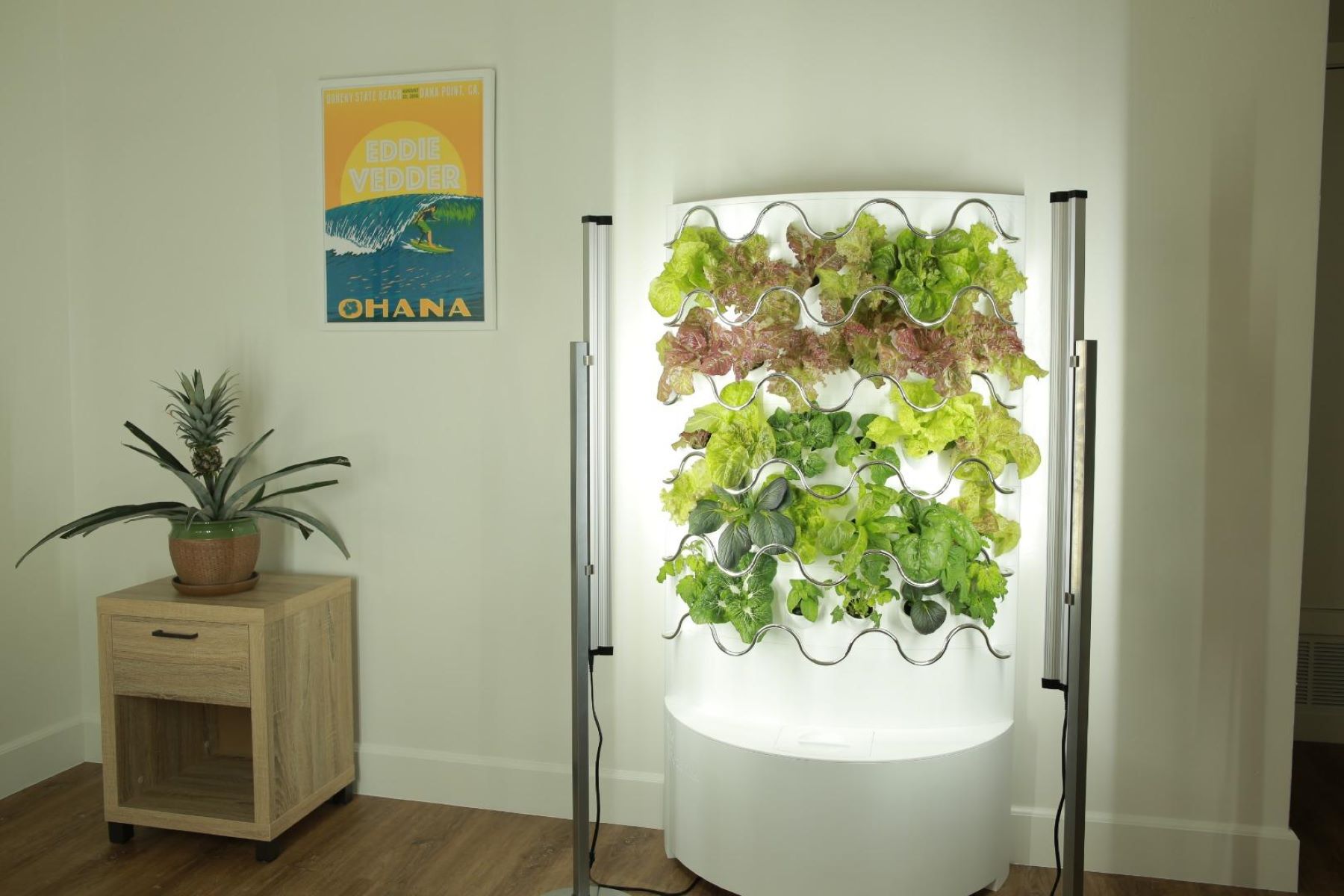
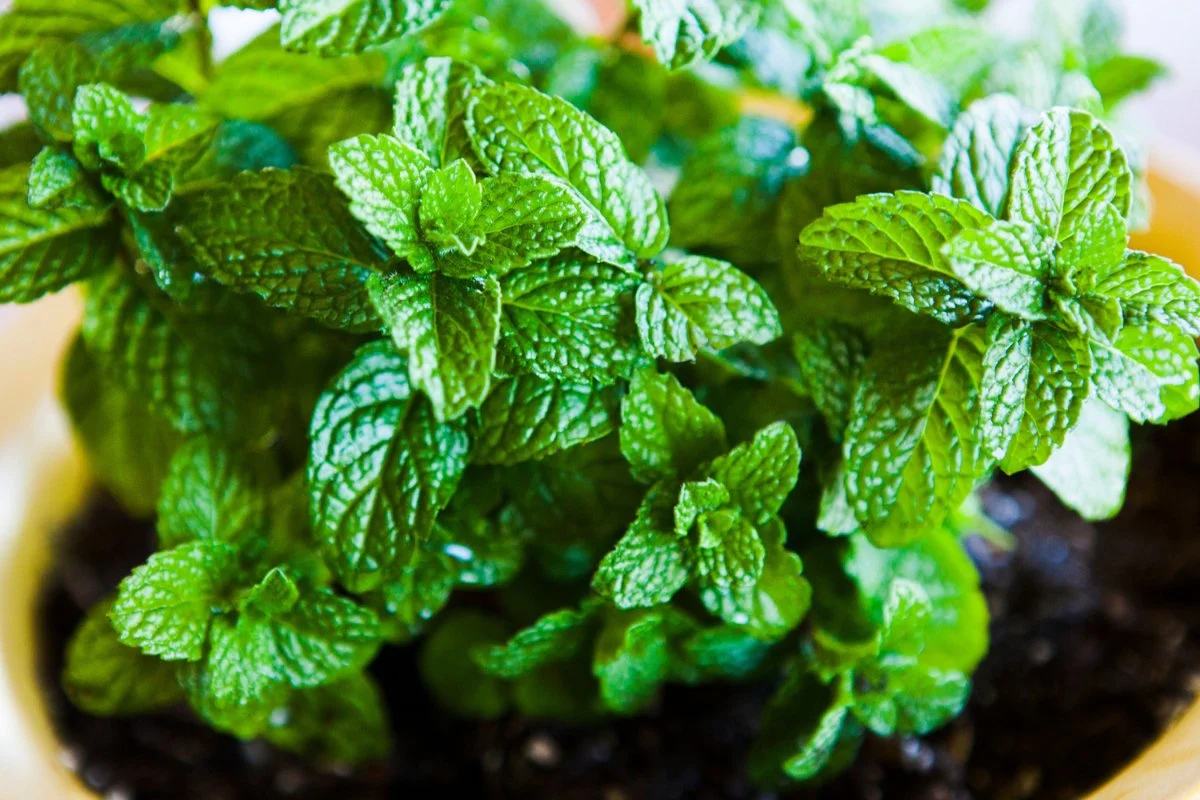
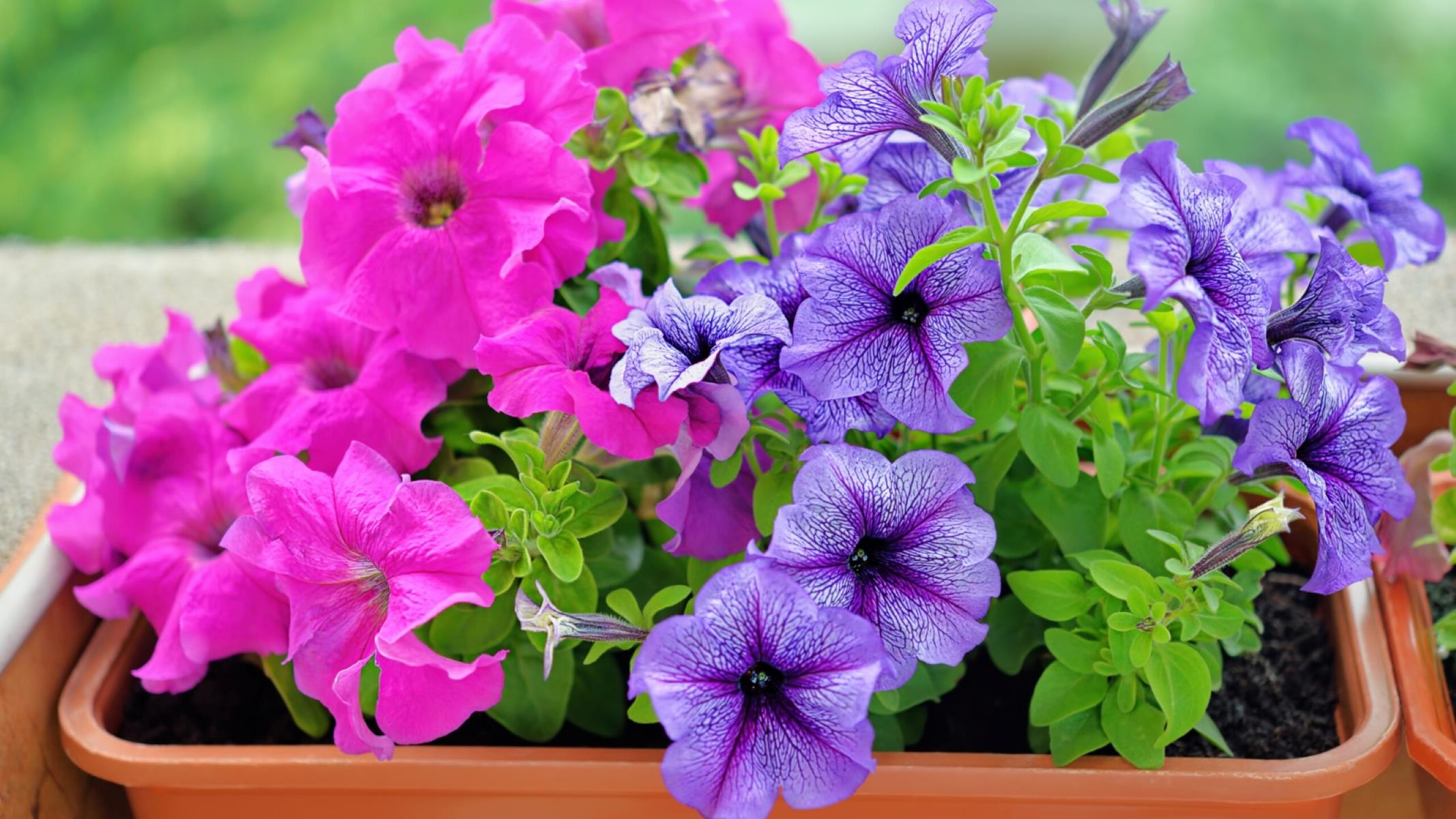
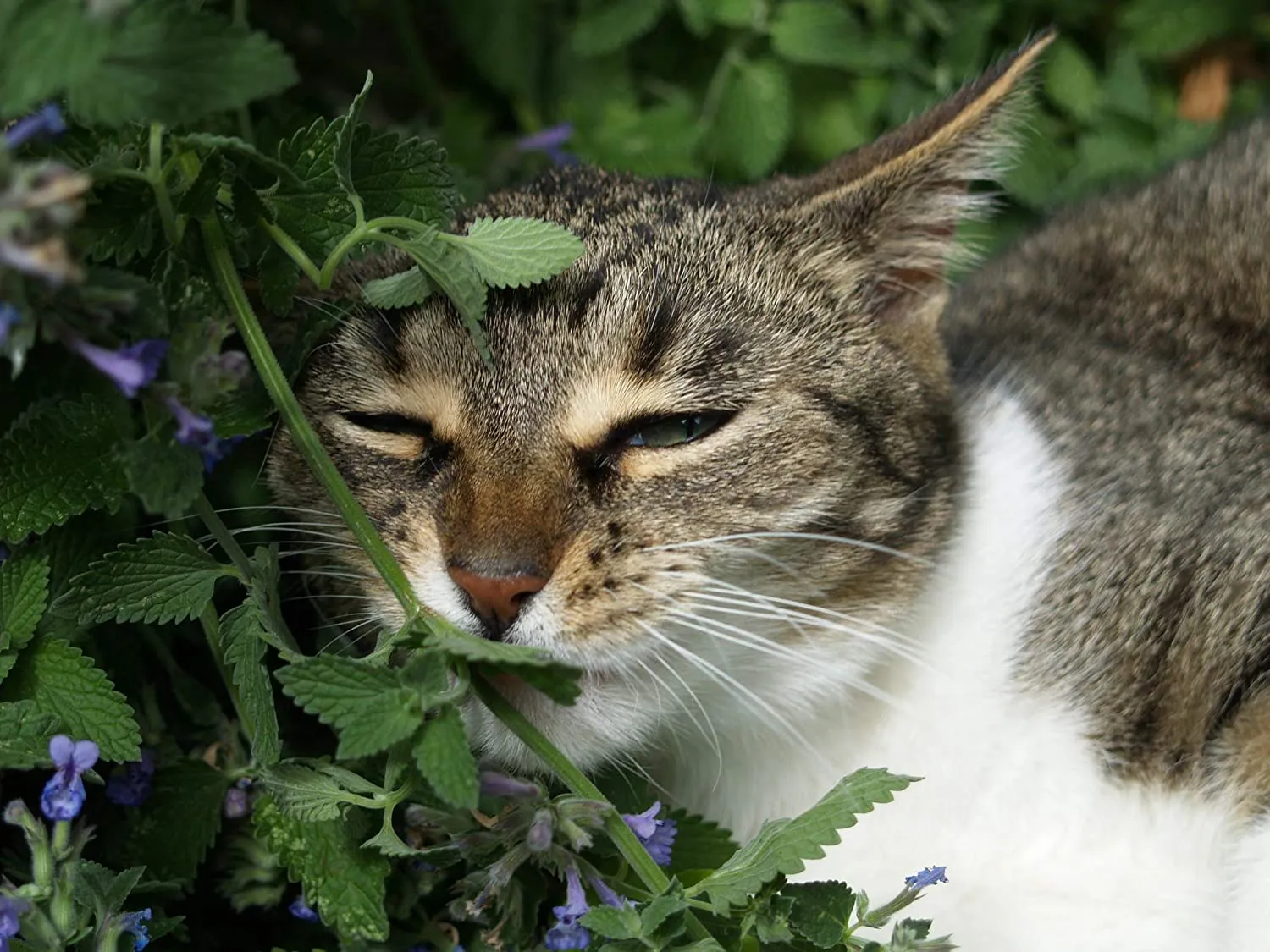
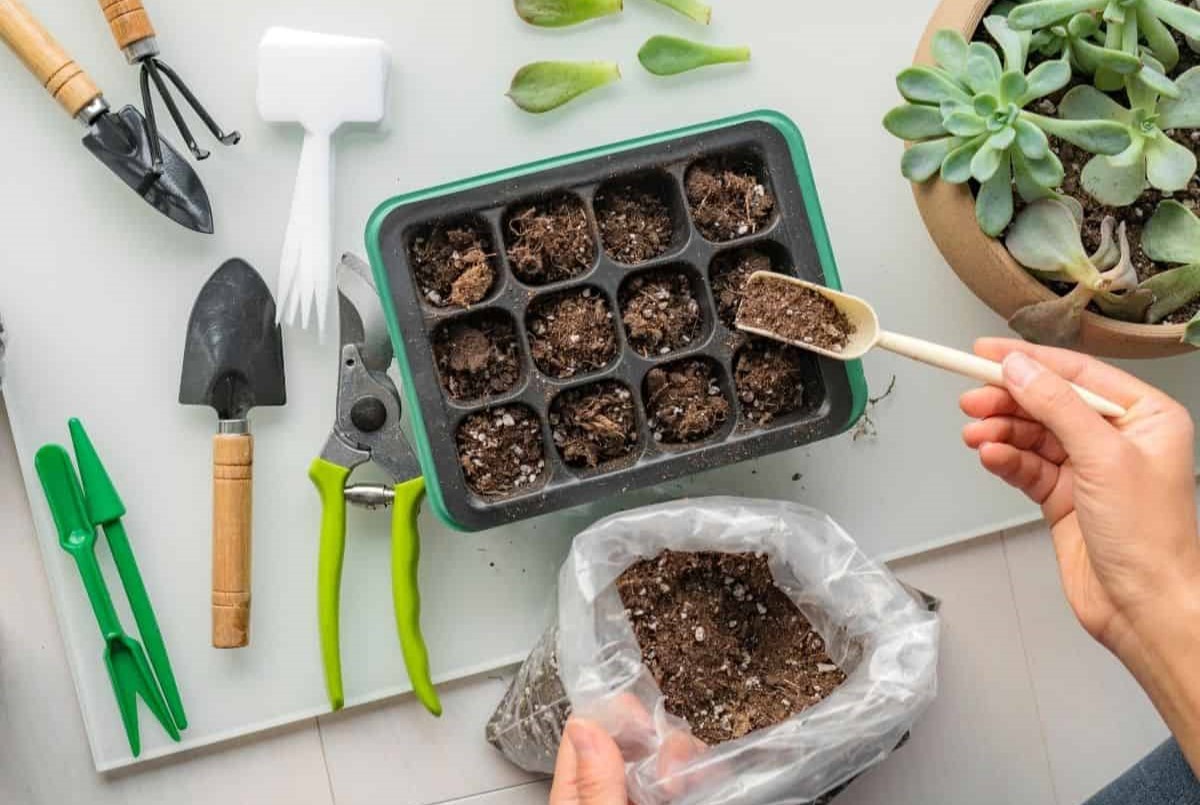
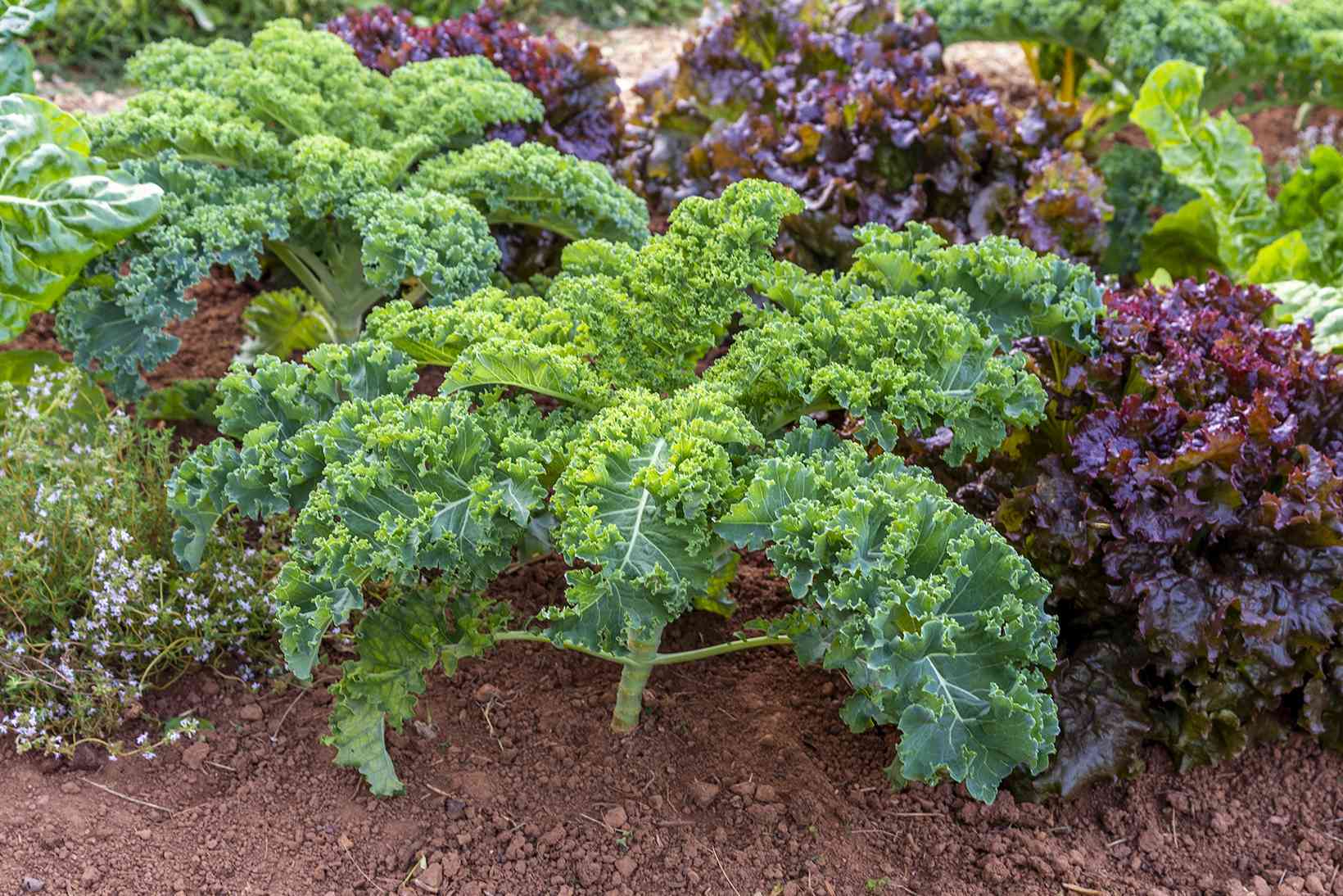
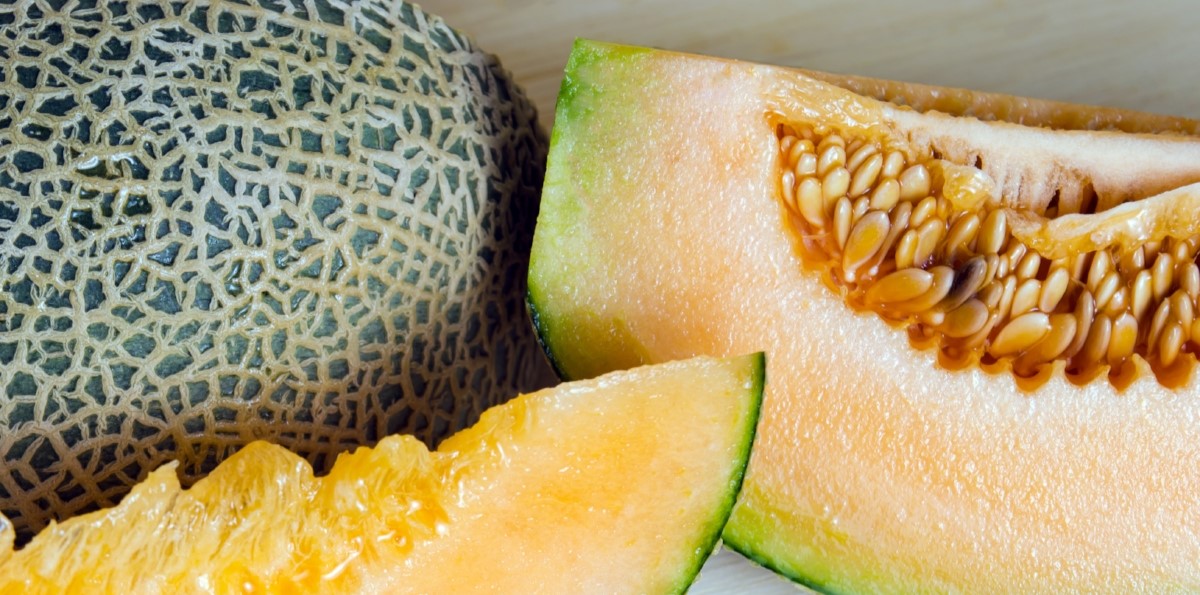
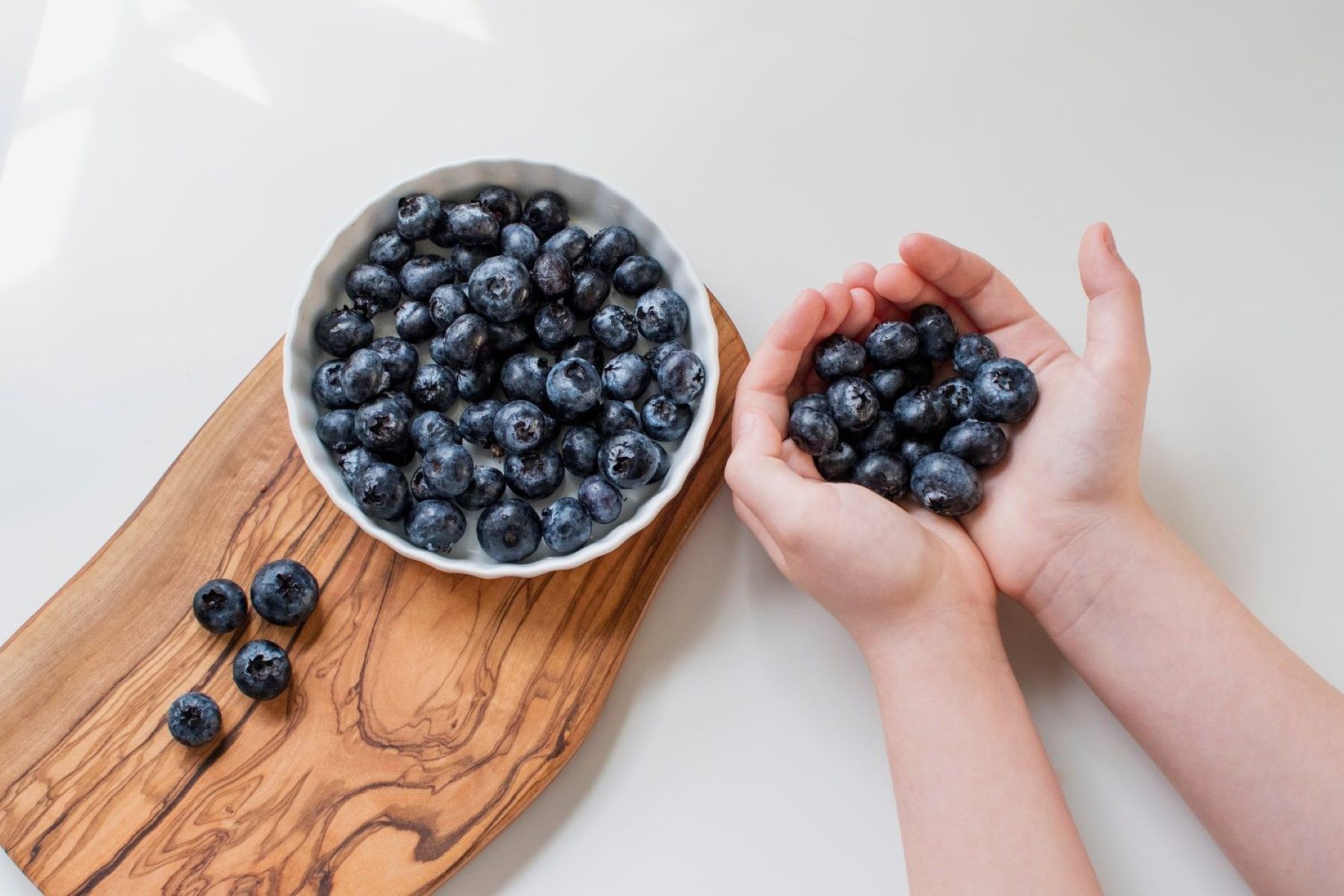
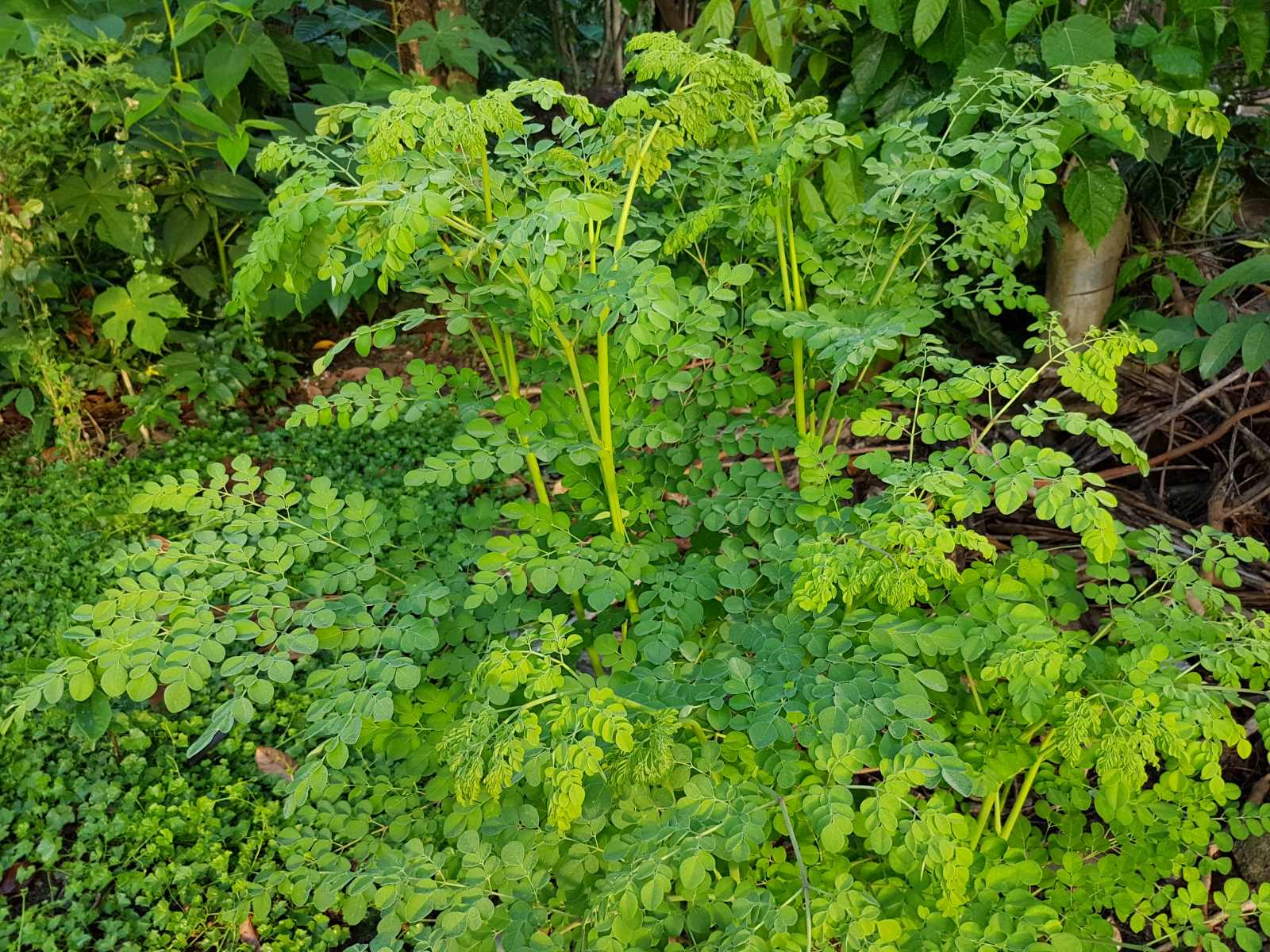
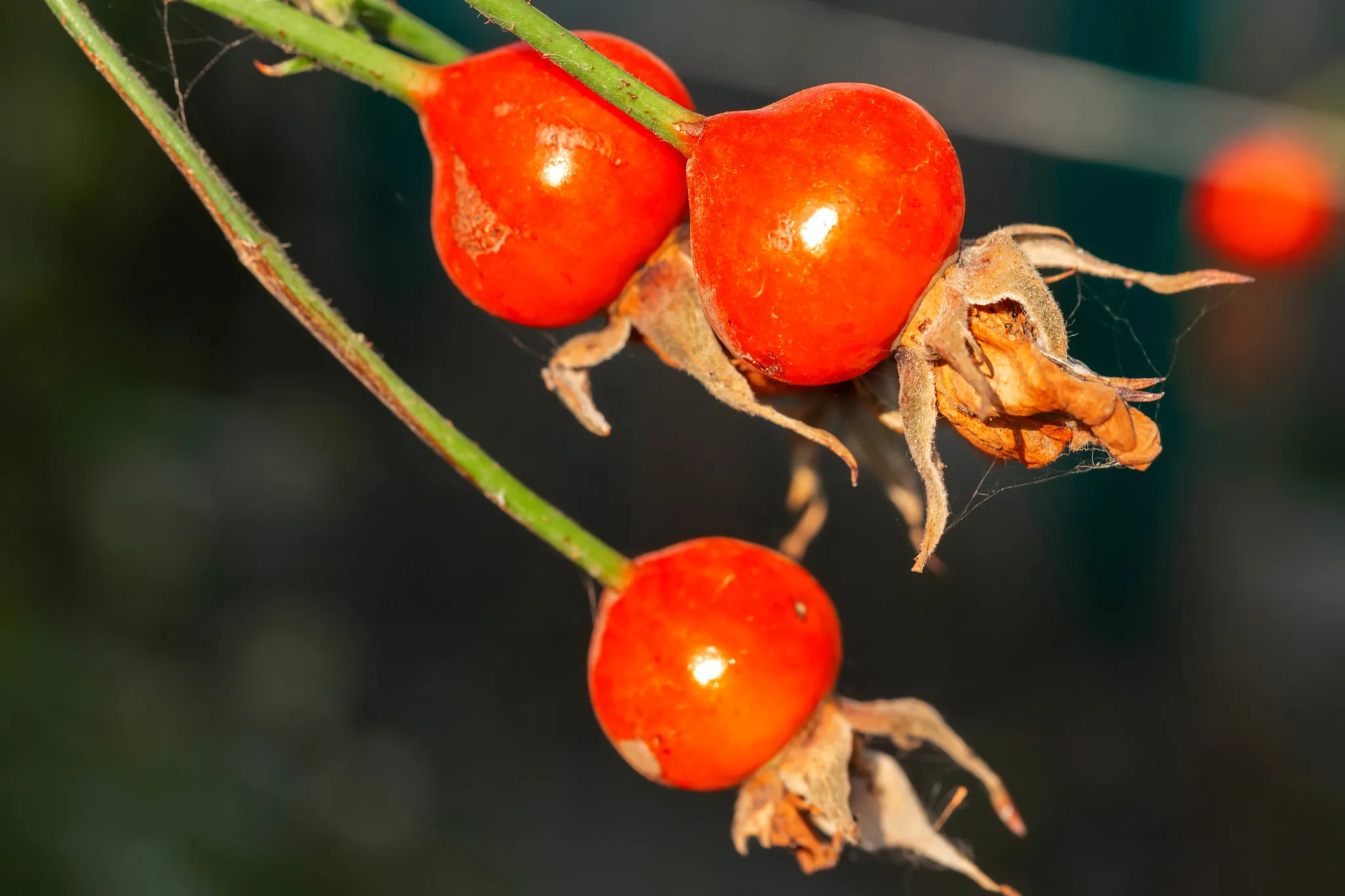
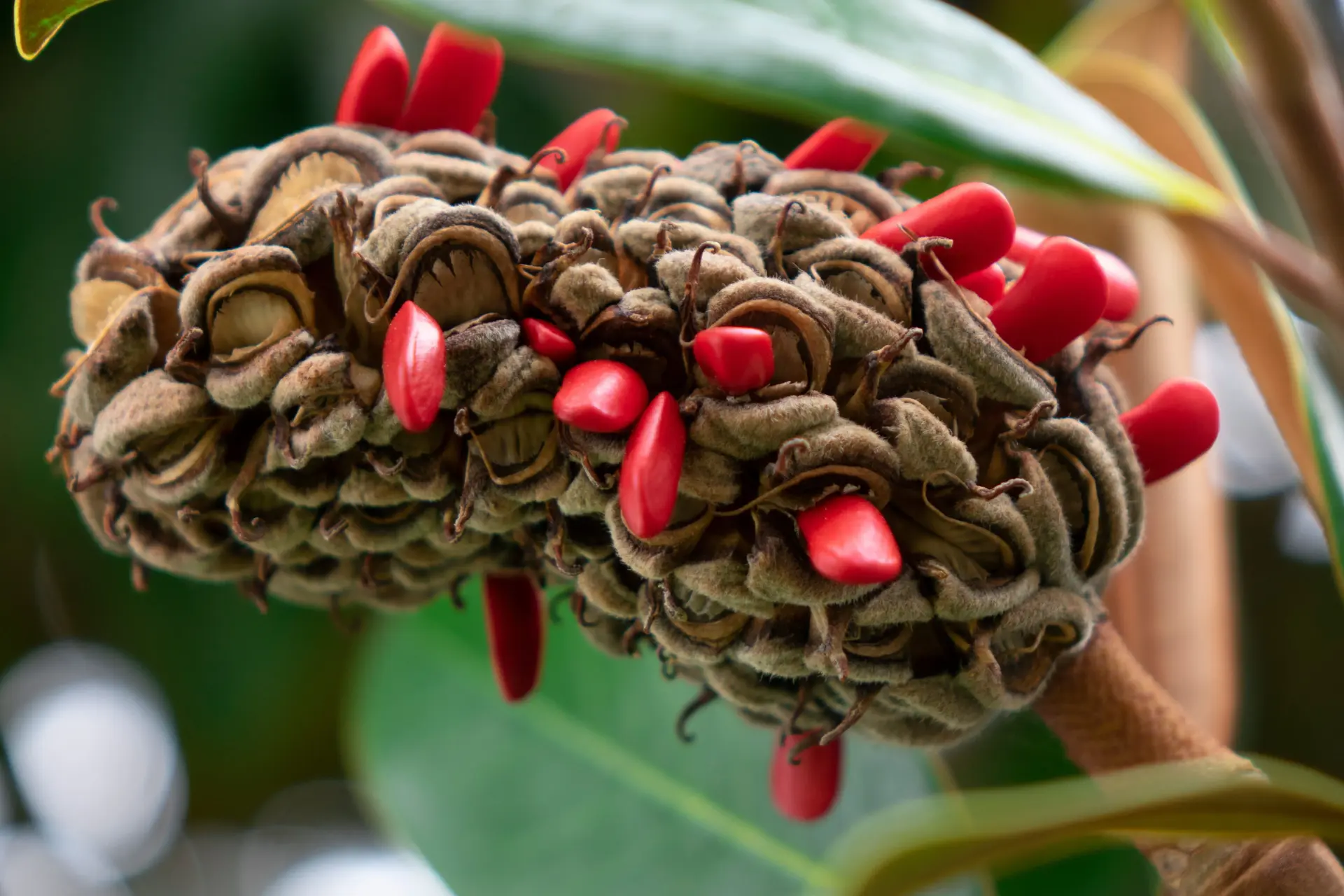
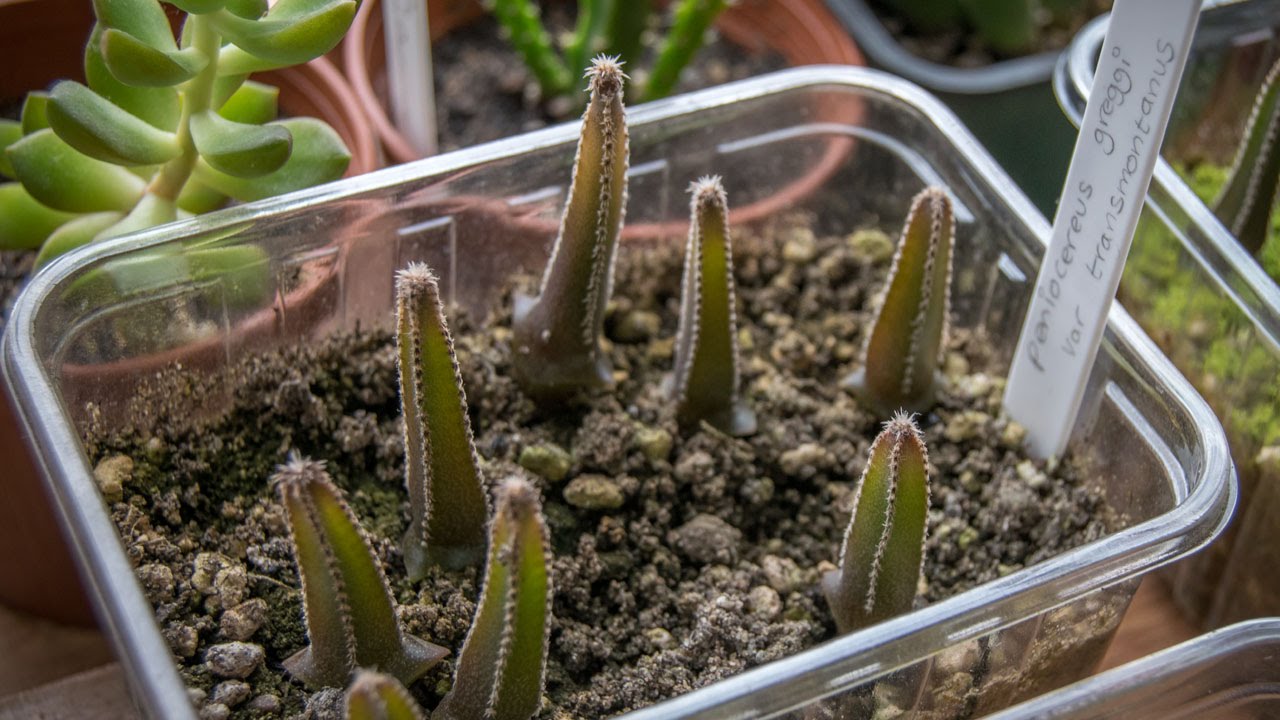
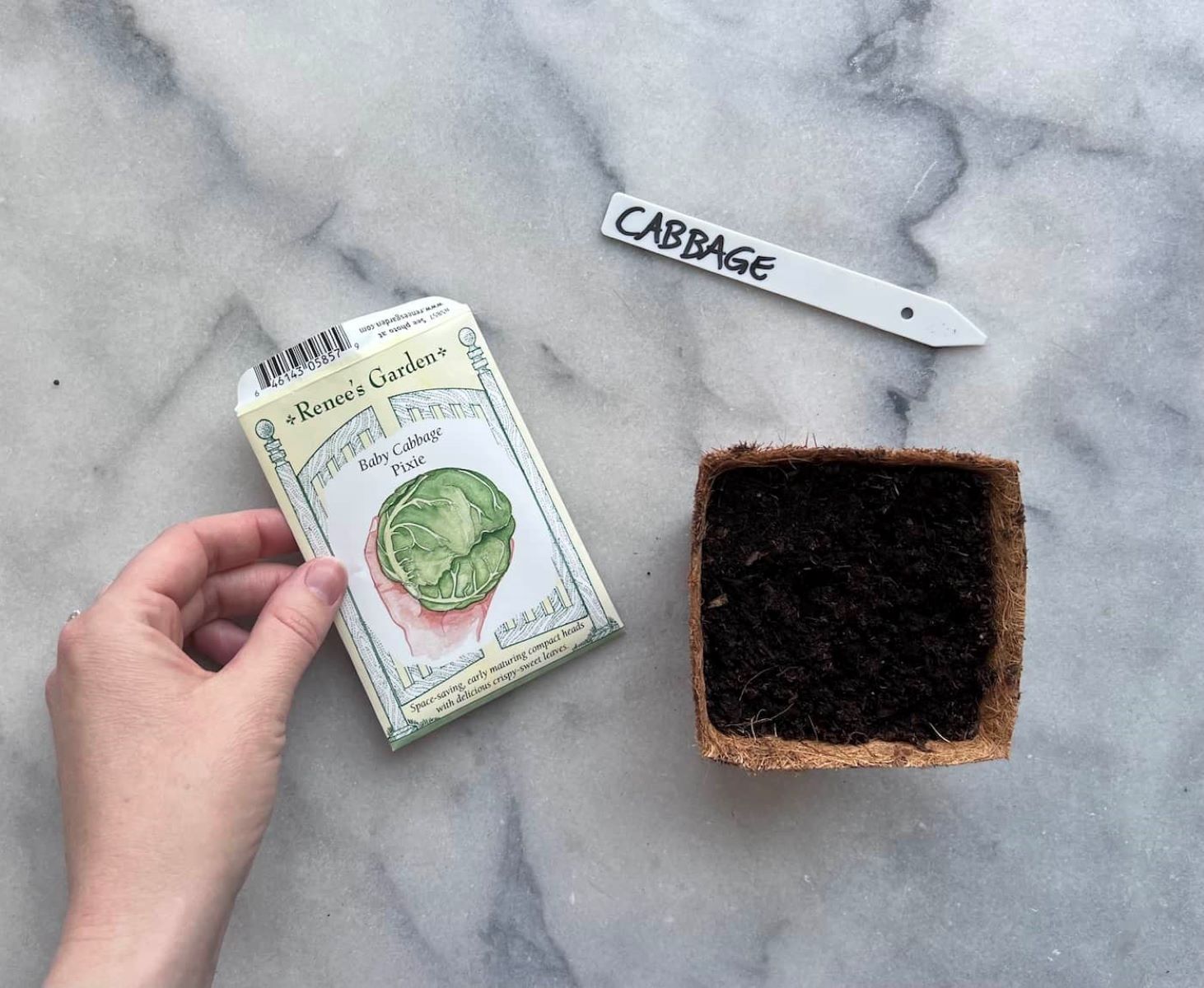
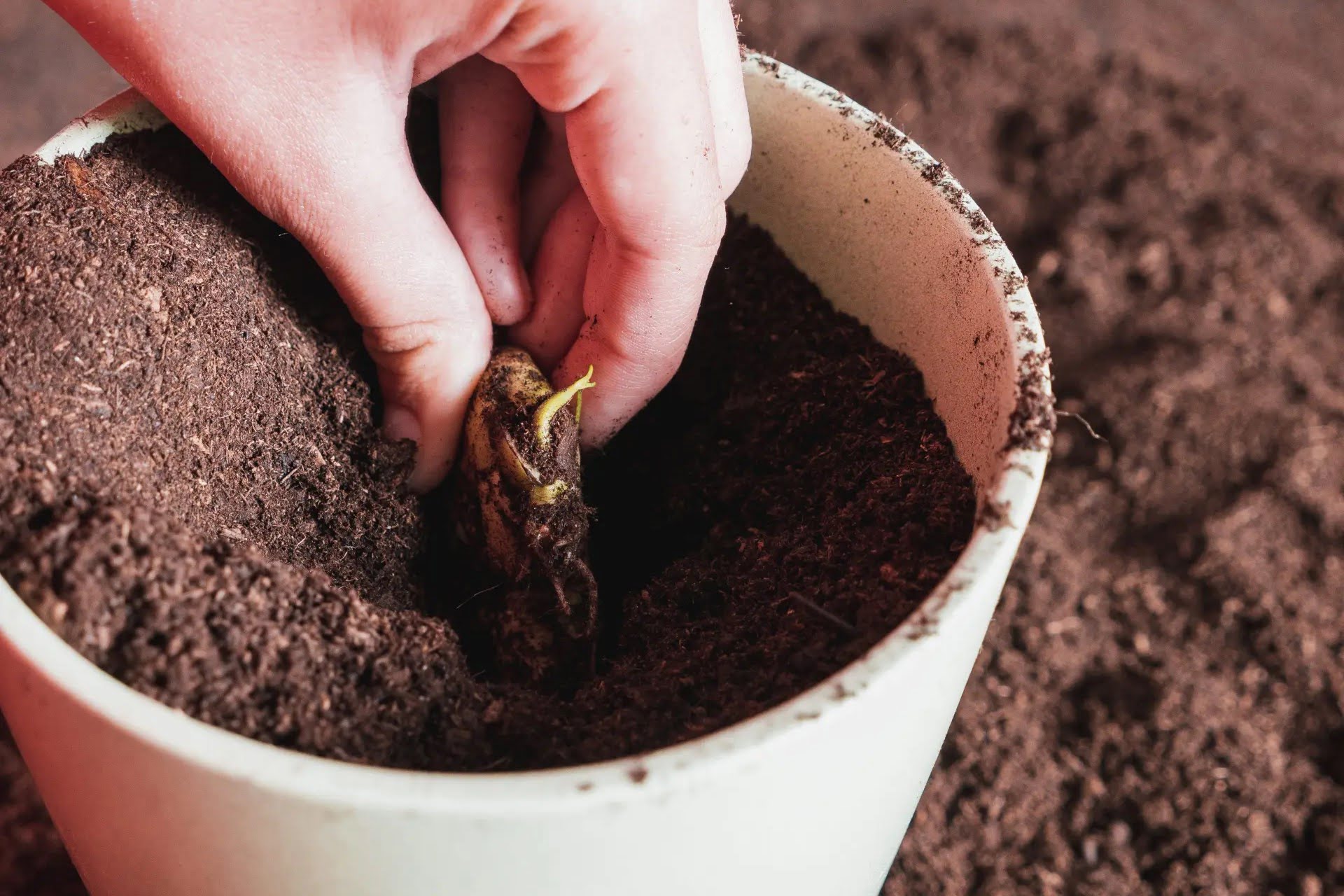

0 thoughts on “How To Start Seeds For Hydroponics”